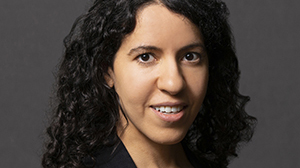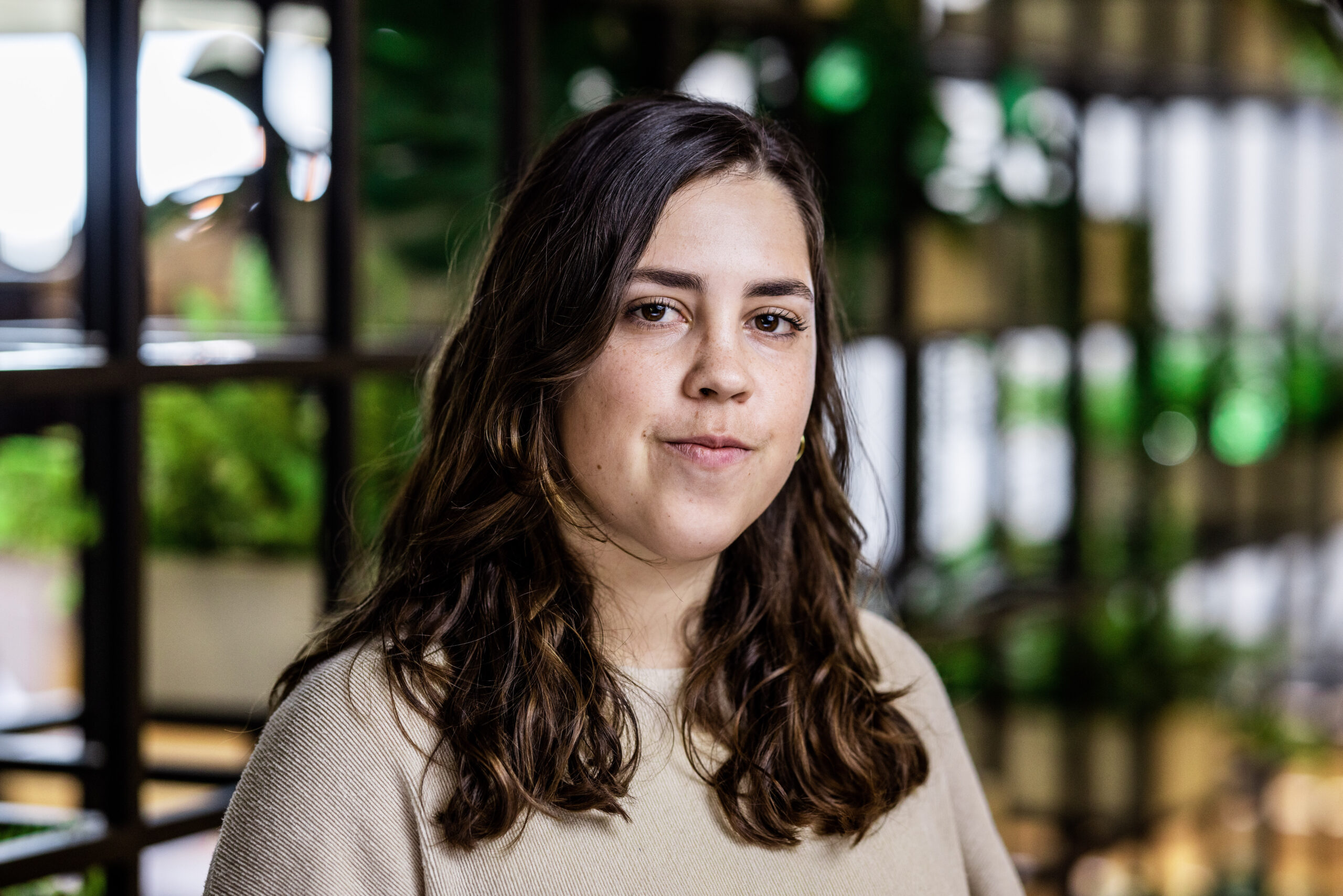While Ambar Castillo had worked at the campus newspaper as an undergraduate and had completed a reporting fellowship in India, she did not immediately go on to journalism school. She was a community health worker in the Bronx and a classroom teacher and health liaison at schools in Brooklyn. That work, which involved developing creative ways to explain complex health topics to students and families, inspired Castillo to rethink how she could use her storytelling gifts. We talked to Castillo about how the Poynter-Koch Media and Journalism Fellowship helped her develop and deploy her passion for community health reporting.
POYNTER-KOCH: You took a non-linear path to a career in newsrooms. Can you tell me how you discovered your aptitude for storytelling?
CASTILLO: I worked at the campus newspaper at LaGuardia Community College and minored in journalism at Boston University — my major was Latin American Studies — but I really discovered my passion for storytelling outside my work in journalism. I had a Fulbright Research Fellowship where I interviewed folks and tried to draw conclusions from their experiences. With AmeriCorps in Utah, I worked on a bilingual parent newsletter and then I went to the South Bronx where I did health education and community health work. That’s where I discovered what I loved about health and education was informing people and trying to find creative ways to reach people about topics like nutrition and vaccines. I wanted my projects to move people in some way.
That is my purpose today with journalism. It’s about building relationships and helping people be seen and feel heard.
Why did you apply for the fellowship? How did it complement journalism school?
I saw something online and discovered a few alumni from my journalism school had gone through the program. I reached out to one graduate and he said he had a great experience. Journalism school gave me a foundation in the art of journalism, but we didn’t discuss how to innovate in a somewhat traditional industry or how to build leadership skills. We also didn’t have a chance to discuss topics like advocacy journalism — how storytelling can have a positive impact on communities — or to unpack the real threats journalists face today. I wanted an opportunity to do all that.
Each class has about 60 fellows, but you’re placed in a smaller group of peers that journeys with you through the fellowship. How do members of this group help each other grow?
My advisory group came from diverse ideological and geographic backgrounds. We had different racial, ethnic and life experiences. We brought different points of view to what we were learning and we could discuss those topics in depth in a space that was psychologically safe. We discussed topics like whether objectivity is a myth, how we evaluate our work by more than page views and how to build trust with our audiences. We also talked about how to be a leader in your newsroom, especially when you’re early in your career. Those discussions weren’t ones I had much in journalism school.
Your innovation project examined how to open the news to new audiences. It’s easy to think of the news as free and accessible to everyone. Why was your project important?
Community-based media organizations need to think about how they can reach underserved populations. I was inspired by what outlets like [Detroit-based] Outlier Media did with mass texting. I wanted to work with immigrant communities that weren’t as active in certain social media platforms to see how we could reach them. The Washington, D.C., [city] council was working on issues related to excluded workers’ rights and this population needed to hear the news.
So, I worked with a labor advocate to identify community members who would be interested in these stories. The project didn’t get off the ground at The Washington City Paper, but I did get buy-in from leaders. The experience taught me how to marshal that support and to think creatively about how we can partner with advocates and nonprofits to get the news into the hands of the people it most directly affects. I now know I have power to influence what’s happening in my own newsroom.
How did your fellowship with The Washington City Paper lead you to STAT News?
I get the most joy out of doing on-the-ground reporting. People with lived experiences are the best experts on tough topics. I got the chance to do that on-the-ground reporting at the City Paper. And whether I was covering issues related to homelessness or labor, it seemed like the story always came back to health or health equity. I rediscovered a passion for community health — a connection to the work I’d done in New York City, my hometown.
That discovery fueled my decision to apply for a science and health reporting fellowship at STAT. It doubled as a fellowship with the Knight Science Journalism program at MIT, where I got to audit health and science reporting courses and met experts who I would have never met otherwise. I had the courage to apply for this type of prestigious fellowship because of the support I found in the Poynter-Koch program.
You’ve recently taken a position as community health reporter for Epicenter-NYC. How will this opportunity allow you to use your storytelling gifts for the benefit of people in your home city?
Epicenter-NYC is driven by the idea that engagement with the news is much bigger than reading something online. It’s hosting events where community members dialogue with one other, or breaking silos between communities and building solidarity to solve problems.
The outlet was founded in 2020 and it’s called “Epicenter” because that’s what New York City was in early 2020: the epicenter of a burgeoning pandemic. I’ll be a community health reporter. I want to give a fuller depiction of what’s going on in underserved neighborhoods. I’m excited to talk to people to figure out what they love, what frustrates or concerns them, and what they need from a health perspective. I want to acknowledge community members’ lived experiences — their inherent expertise — and see how we can use storytelling to solve health challenges.


